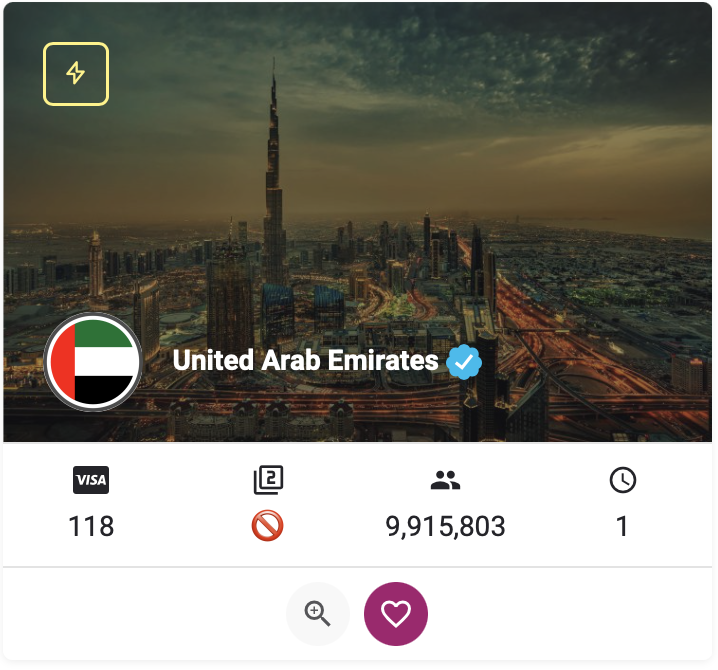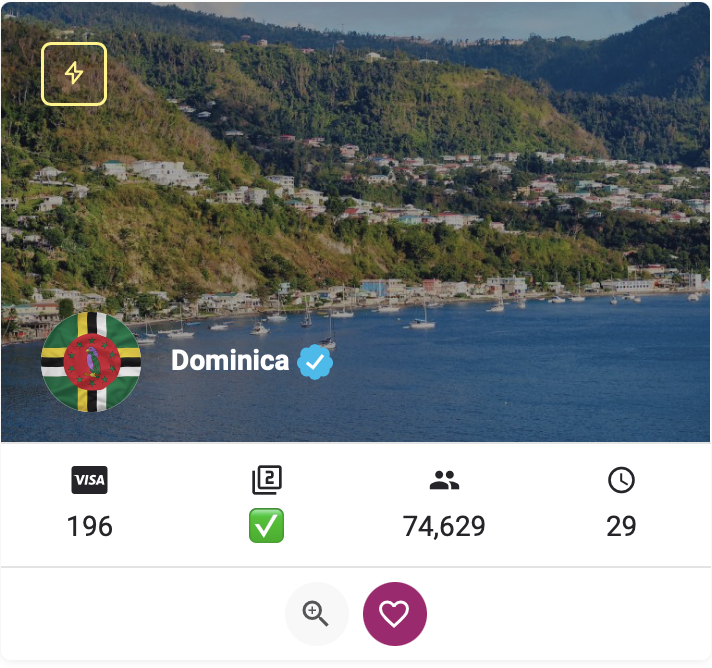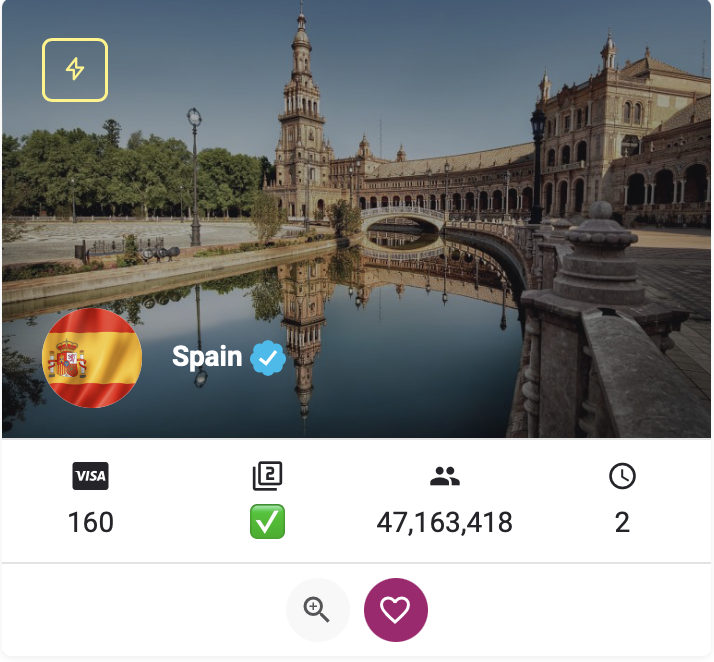America is one of the most popular academic destinations in the world that thousands of students from all over the world are applying to study universities, colleges and educational institutions every year. In order to study in the United States, international students must obtain an appropriate study visa. These visas are divided into three main categories F, M and J, each with its own conditions and applications. In this article, Types of US Study VisasHow to apply for them and the requirements for each of them are reviewed.
Types of US Study Visa
1. Visa F-1 (Visa for Academic Education)
F-1 visa the most common type US Student Visa It is granted to students who are planning to study in reputable American educational institutions such as universities, colleges, high schools and English language schools. This visa allows students to study full -time in a training program approved by the US government. Also, students with F-1 visas can work limitedly inside the campus of the university or under certain conditions outside of the university. The validity of this visa is usually determined by the course of the course, and after graduation, students can use programs such as OPT to obtain a temporary work permit in the US.
Visa Conditions F-1:
Admission from a reputable US educational institution that has a SEVIS number (Student and Exchange Visitor Information System).
Provide sufficient financial evidence to provide for education and life.
Providing English language (such as TOEFL or IELTS) or enrolling in English language courses in the United States.
Lack of intent to permanent residence in the United States (proved dependence on the country of origin).
Visa restrictions and benefits F-1:
Ability to work at university (up to 2 hours a week during the semester and full -time holiday)
Apply for Opt (Optional Practical Training) and CPT (Curricular Practical Training) after graduation
Failure to work outside the university without specific authorization from the US Immigration Office
Restrictions on changing status to another visa without going through legal steps

2. Visa M-1 (Visa for Technical and Professional Courses)
The M-1 visa is for students who intend to study technical and professional institutions or non-academic courses. This visa is issued to people who are interested in attending programs such as pilot schools, technical training, mechanical courses, design, cooking and other skills. Students with M-1 visa, unlike the F-1 visa, are not allowed to work during their studies, but can apply for practical training under certain conditions after the course is completed. This visa is usually issued for the course of training, plus an additional 2 days, and students must return to their country after completing their education unless they have a visa change.
Visa Conditions M-1:
Admission from a reputable US technical and professional institution.
Provide sufficient financial evidence to provide for education and life.
Intention to return to the country of origin after completing the training course.
Visa restrictions and benefits M-1:
Practical Practice Possessing the End of the Course (Maximum One Month per four Months)
Non -permission to work during school
Limit on changing disciplines or transfer to another university
The maximum duration of residence is usually one year that can be renewed under certain circumstances


1. Visa J-1 (Visa for Cultural and Research Exchange)
The J-1 visa is issued to students, researchers, professors, physicians and people who intend to participate in cultural and educational exchange programs. This visa is usually suitable for scholarship students, invited professors, research opportunities, trainees, teachers, and even student summer work programs. Holders of this visa may be required to return to their country for a specified period after the program ends, unless they are eligible.
Visa Conditions J-1:
Admission to a Cultural Exchange Program approved by the US State Department.
Proof of financial capacity to provide for education and living.
The requirement to return to the country of origin after completion (in some cases, one must stay in their country for at least two years in order to return to the United States).
Visa restrictions and benefits J-1:
The possibility of receiving salaries or scholarships in some programs
Possibility of accompanying spouses and children under the age of 5 with J-2 visa (with the possibility of working in the US)
Requirement to return to the country of origin after completion of the program. In some cases
Restrictions on changing status to other visas such as H-1B or Green Card without receiving exemption from the return


How to apply for a US study visa
1. Received from the Educational Institute
The first step to obtaining a US academic visa is to receive a formal admission to a reputable US college, college or educational institution. After the admission, the University issuance of Form I-20 (for F and M Visas) or DS-2019 (for J Visa), which is required to apply for a visa.
2. Pay MRV FEE
Applicants must pay for the MRV Fee to apply for US Type F, M and J Visas. The fee for the aforementioned visas is US $ 4. Note that this amount is irreversible and unimaginable and without payment, the visa request will not be processed.
1. Payment of Sevis
All visa applicants must pay the SEVIS (Student Information System and Exchange Visitors). The cost is $ 2 for F and M and for J for $ 2.
1. Complete the DS-160 form
Applicants must fill out the DS-160 (non-invalid visa application form) online and receive a visa application payment receipt.
1. Determine the interview time at the US Embassy
After completing the form, you should book an interview through the US Embassy or Consulate website in your country of residence.
1. Participate in Visa Interview
On the day of the interview, the applicant must submit the required documents and answer the questions of the consular officer. Some. Required documents Are:
Valid Passport
Form I-20 or DS-2019
SEVIS Payment Receipt
Confirmation of completing the DS-160 form
Financial and banking documents
Language Examination Scores (TOEFL, IELTS, GRE, GMAT, etc.)
1. Get a visa
If approved, a study visa is included in the passport and the applicant can plan to enter the United States.
International students’ companions
Spouses and children under the age of 5 students F-1 and M-1 can obtain F-2 or M-2 visas but are not allowed to work.
Wives and children of J-1 visas can obtain a J-2 visa and apply for a job permission.
If you are planning to apply for a US student visa and visa, it is very important to choose the right visa (F, M or J) and complete the application process. Alebrood By providing specialized advice, preparing documents and guidance at all stages, you increase your chances of success. Observing visa rules and adhering to its conditions is also essential to prevent future immigration problems.
RCO NEWS













